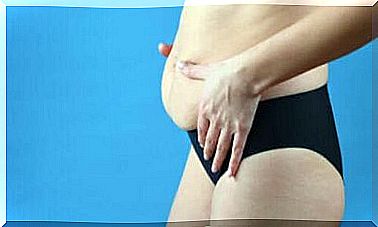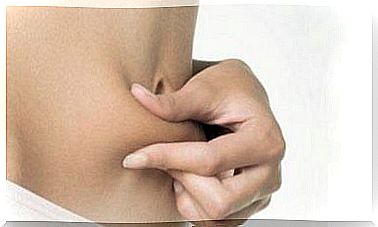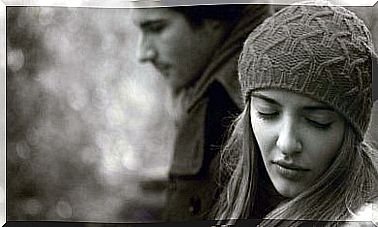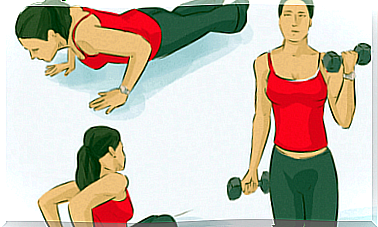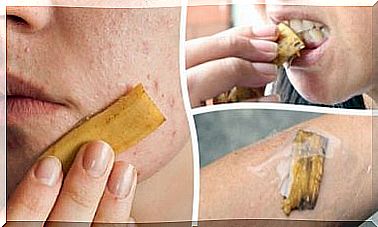Eden Hazard Damaged The Lumbar-femoral Muscle. What Is It About?
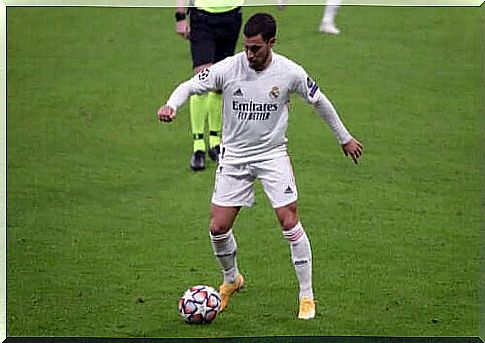
Eden Hazard damaged the lumbar-femoral muscle, which excludes him from playing the competition for a long time. The Real Madrid player has had trouble in training and matches lately.
While his injuries do not appear to be related, it is worth recalling the player’s previous health problems. Since playing for Real, he has already collected 9 injuries, which excluded him from the tournament for a long time. It’s already ten o’clock.
So let’s look at the athlete’s medical history to understand the repercussions that lead to damage to the lumbar-femoral muscle.
Characteristics of Hazard’s injury
Eden Hazard’s last injury was a tear in the front of his quadriceps. There is a huge muscle between the hip and the knee, which is needed, among other things, for playing football.
Breaking this muscle varies from person to person. Athletes are at greater risk because they subject them to greater strain during competition and training. The muscle tears are classified according to a four-point scale:
- First degree: does not cover more than 5% of the muscle. It is sometimes difficult to locate a tear on ultrasound.
- Second stage: the fibers diverge approximately 3 centimeters.
Third degree: the tear is greater than 3 centimeters and the aponeurosis, the fibrous membrane surrounding the muscle tissue, is damaged. A hematoma appears, causing pain and pressure. - Fourth degree: This is the most serious variety. The muscle is completely ruptured and a stroke of considerable size. Limb functions are impaired and surgical intervention is required.
We don’t know how serious Eden Hazard’s injury was. However, it is known that, despite the recommended rest and rehabilitation, he was injured again.
Where is the lumbar-femoral muscle located?
The lumbar-femoral muscle is located between the diaphragm and the spine and extends all the way above the pelvis. Its task is to bend the hip.
Let’s look at both parts of this muscle, but bearing in mind that Hazard has damaged the lumbar part:
- The femoral part: connects to the hip and sacrum and is finished with a iliopsoas ligament. It comes out of the pelvis under the inguinal ligament and reaches the femur.
- Lumbar: starts at the last thoracic vertebra and joins the spine, then goes downward where it joins the femoral part described above.
By analyzing the sizes, it is easy to guess that the lumbosacral muscle interacts with other structures in the body. It connects to the abdominal organs and many information-transmitting nerves.
This connection with the nervous system is stimulated in traditional medicine, meditation, and other therapeutic techniques to channel energy from the abdomen, stimulate the urinary system, and restore balance. These are, of course, anecdotal functions, based on the importance of this muscle for posture.
The lumbar-femoral muscle is responsible for:
- Walking and moving on two legs.
- Maintaining the shape of the spine, especially in the lumbar region.
- Stabilization of the sacrum in the central position.
Are Hazard’s injuries related?
Hazard’s injuries are related to overload. The last tear was caused by fatigue and multiple microdamages. It is therefore possible that the next injury was also caused by this.
However, the injuries spanned the opposite sides. The tear in the quadriceps muscle was on the left side, and the lumbosacral muscle – on the right. However, this does not prevent linkage. The body compensates for the overexertion of one side with increased activation of the other.
It is possible, therefore, that due to relieving the left side during rest and rehabilitation, it overloaded the right side. This is, however, a field of hypotheses. It is only known that the injury will not allow Eden Hazard to play for a long time. You need rest, anti-inflammatory drugs, and rehabilitation and physical therapy.
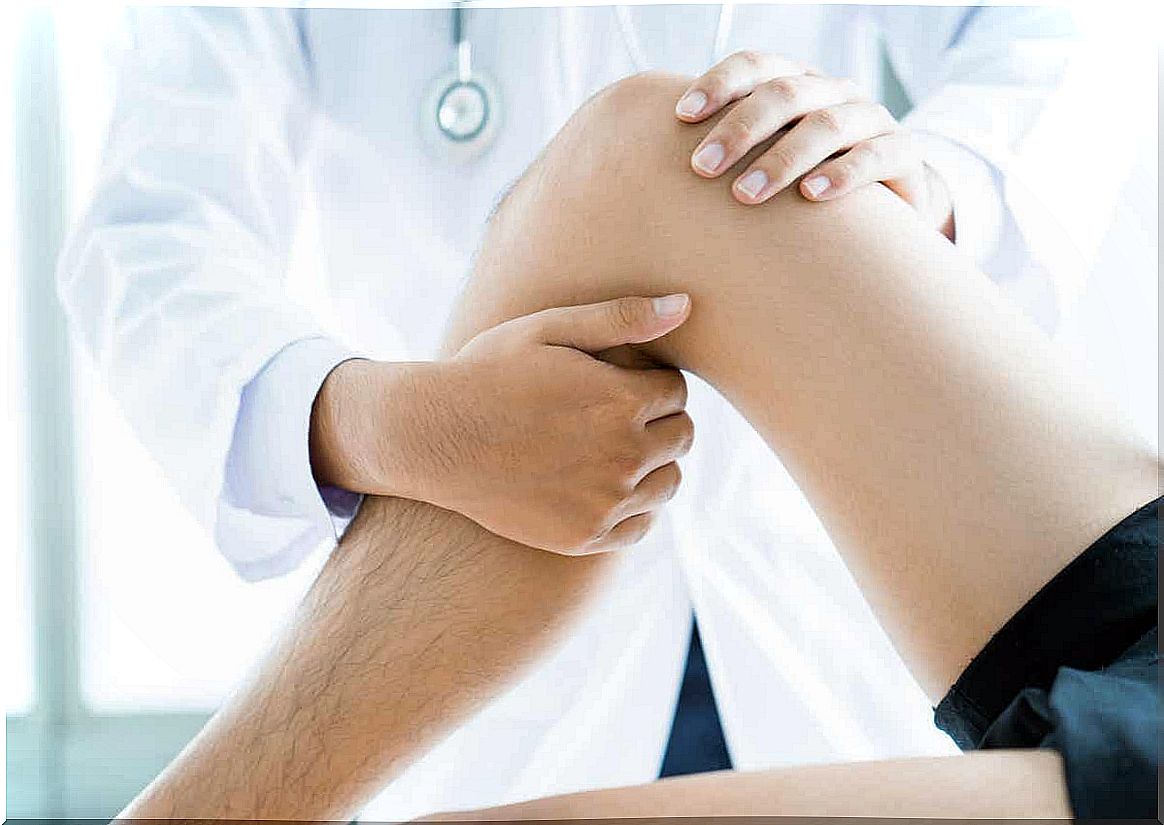
How to protect the lumbar-femoral muscle?
Overloading this muscle, like that of a football player, can be avoided by following the rules of proper training. You also have to regulate the time of exercises and watch the technique.
Sometimes worrying signs appear earlier. There may be pain in the thigh or loins, and there may be pain in the legs.
Then it is recommended to:
- Reducing the training intensity.
- Performing stretching exercises.
- Massage of the loins and abdomen from top down to the groin.
Sometimes prophylaxis turns out to be ineffective. The injury is treated through rest and contact with specialists who conduct rehabilitation. It is effective but requires patience.
